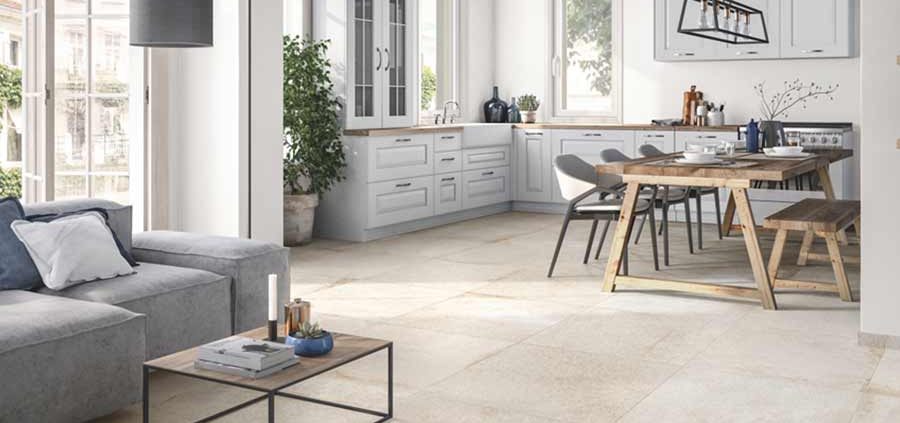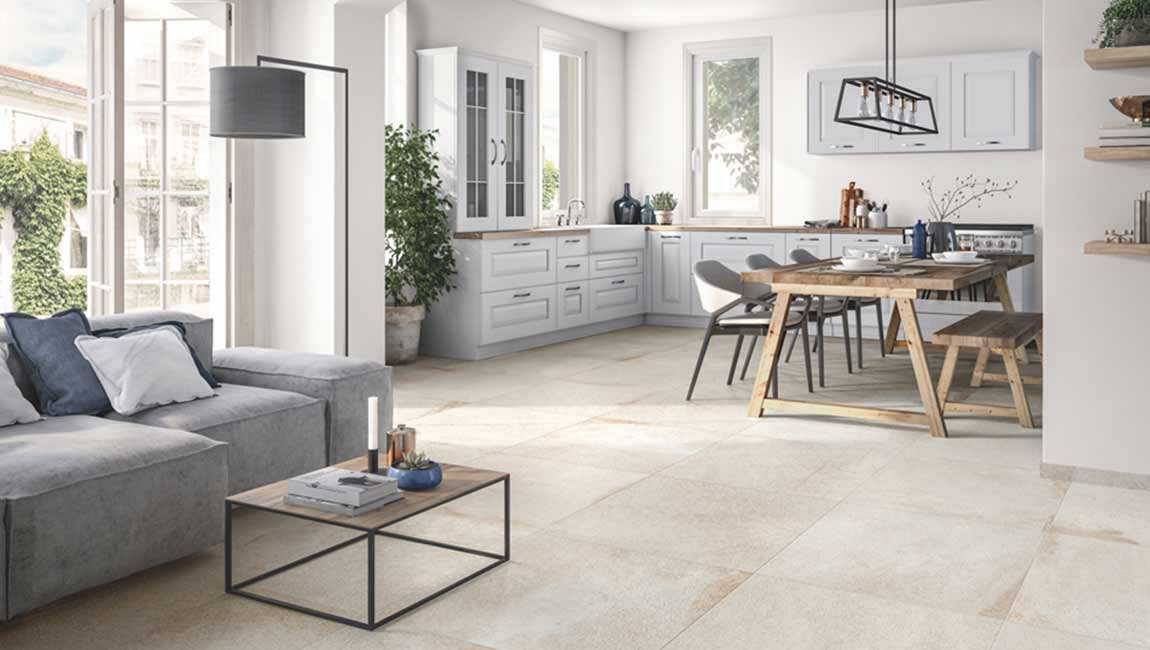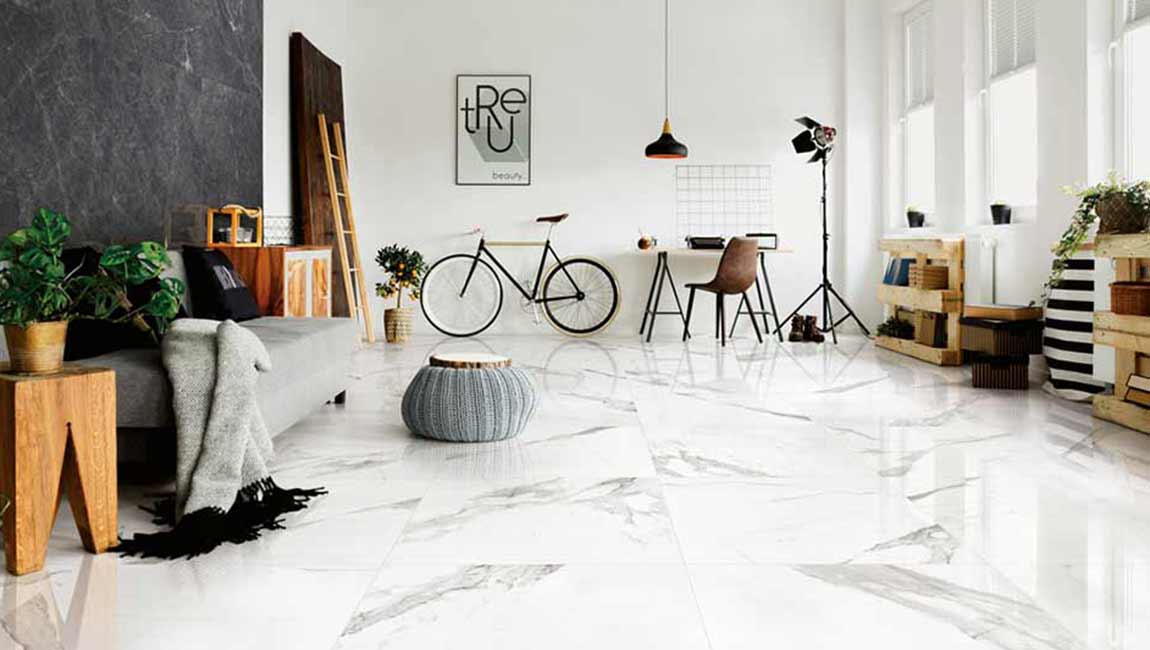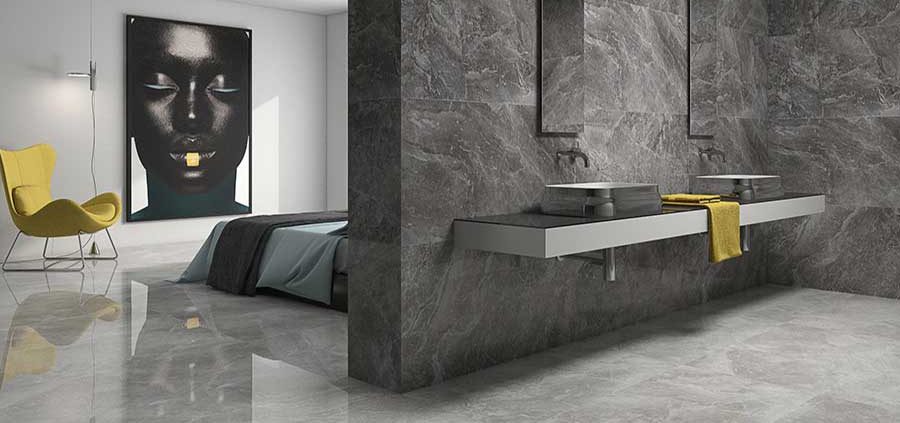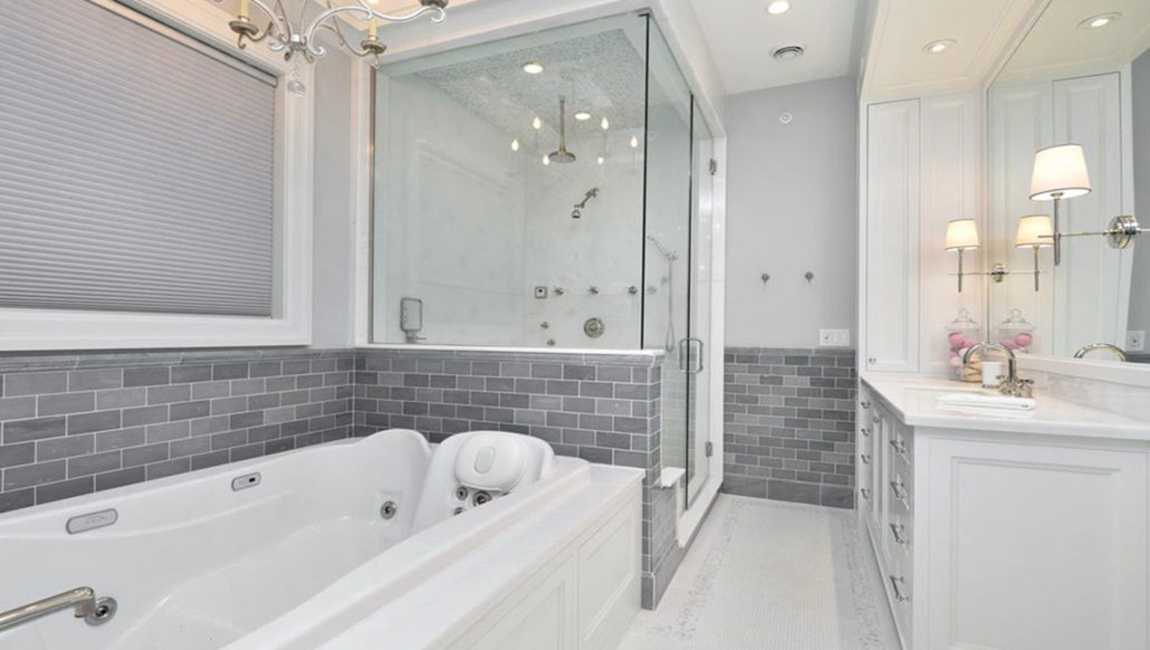How to Apply Ceramic Tiles to Concrete?
Installing ceramic tiles over concrete can help to create a more inviting indoor or outdoor living space. Prepare the concrete. Using an acid based cleaner or deep cleaner of your choice, clean the concrete and allow it to dry thoroughly. Examine the floor and see if there are any cracks or pits that need to be fixed and use the proper concrete repair kit to repair them.
A muriatic or other acid-based cleaner is usually the best way to completely clean the concrete prior to installing wood tile. Seal and level the concrete. Once your repairs have dried, take the time to seal the concrete. Once the sealer has dried, apply the concrete patch or leveler and make sure that you have a flat surface with no defects. The floor must be level or your tiles design and grout will form cracks.
Cleaning the concrete should be done before adding a floor leveling compound. A sodium silicate or lithium silicate based sealer will help to waterproof and strengthen the concrete. Because silicates work below the surface, they won’t interfere with adhesion.
Plan the tile layout. Before installing the small tile it is a good idea to lay our your design. Pre-plan which and how many pieces of tile have to be cut and where the cut marble tile will be placed. Chalk lines will become very helpful so make sure you mark the floor.
Mix the mortar. After you have decided where you want to begin, follow the instructions provided by the manufacturer and begin to mix the mortar. Don’t mix too much in advance, as it will begin to set up on you before you can use it. Using your grooved trowel, begin spreading the mortar over a small area. Never spread out more than what you can cover with three or four floor tiles at a time.
Different kinds of tile require different types of mortar. Ask the sales representative who sells you the glazed rustic tile to help you choose the right one. A grooved trowel will be necessary to spread the mortar. They are available with different sized grooves, so be sure to read the package directions on the mortar to ensure that you buy the right size.

